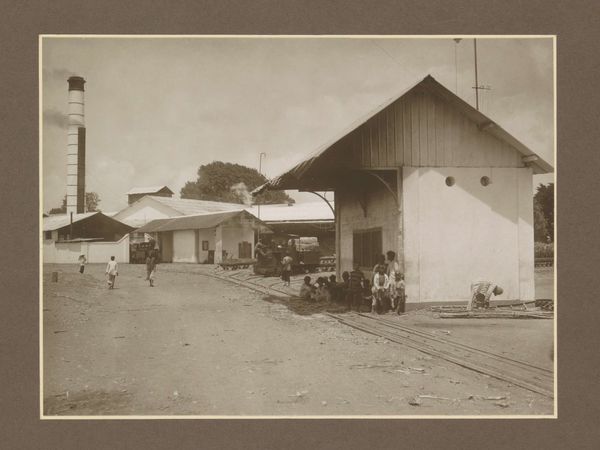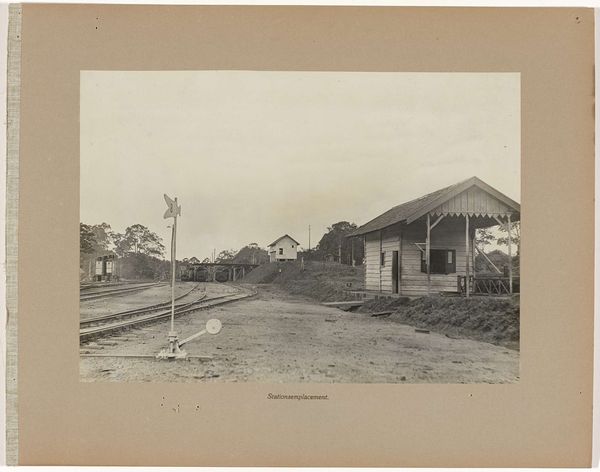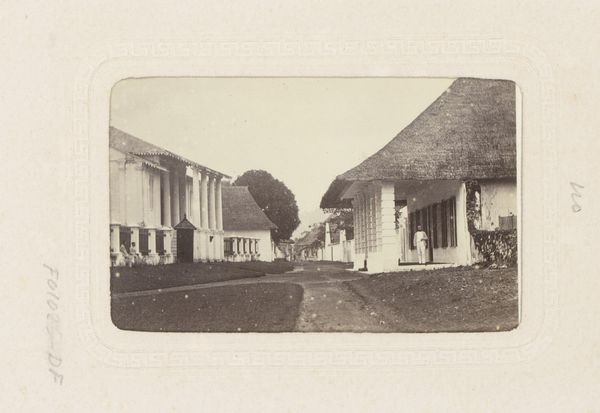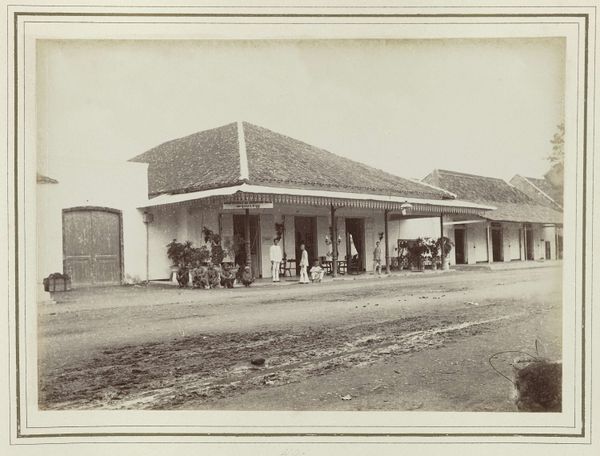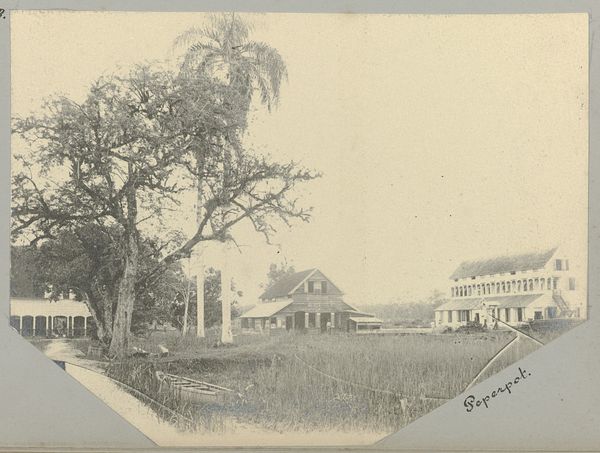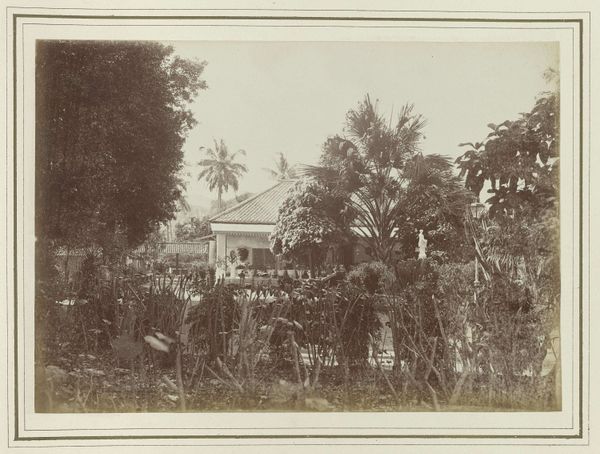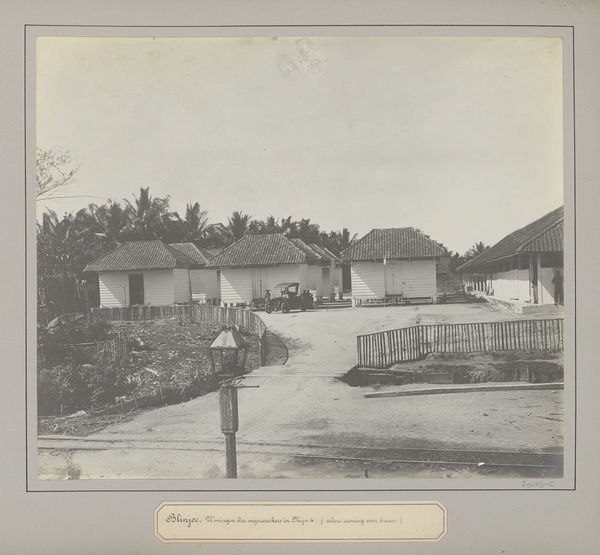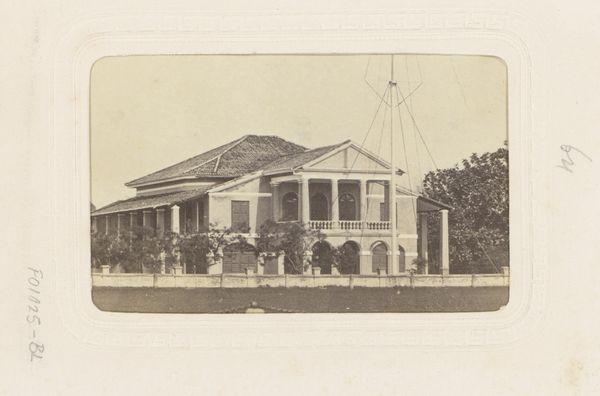
photography, gelatin-silver-print
#
pictorialism
#
landscape
#
photography
#
gelatin-silver-print
#
cityscape
Dimensions: height 106 mm, width 166 mm
Copyright: Rijks Museum: Open Domain
Editor: So, here we have "Gezicht op het Praça dos Remédios in Manaus, Brazilië," a gelatin-silver print photograph by George Huebner, created sometime between 1898 and 1935. It gives off this really interesting feeling of stillness despite being a cityscape, a sense of almost suspended animation. What do you see in this piece? Curator: This photograph provides a glimpse into the urban development of Manaus during a pivotal time. It’s not just a pretty picture; it speaks to the socio-economic landscape. Consider that during this period, Manaus was booming due to the rubber trade, becoming quite a wealthy city. The architecture here—those European-influenced facades alongside what appear to be more modest structures—reflects this clash of cultures and economic disparity. Does that stillness you sensed perhaps come from witnessing that frozen moment in urban history? Editor: That's a fascinating point about the clash of cultures being reflected in the architecture! I hadn't really considered the rubber boom's influence on the city itself, just the extraction of resources. So the photo's composition, that's part of a larger narrative about the city at the time. Curator: Precisely. Think about who this photograph was *for*. Was it intended for locals, showcasing their bustling city? Or perhaps it was aimed at Europeans, offering a romanticized, exoticized view of a faraway place fueling their industries. The 'picturesque' framing, a hallmark of pictorialism, might suggest the latter. It certainly was *not* for those being exploited by that system. Editor: That’s such a vital question: who was the intended audience? That dramatically changes how I understand it. I guess I saw it at first through my own modern, Western lens. I’ll definitely be thinking about the colonial implications more deeply now. Thanks! Curator: Absolutely. Every image is a product of its time and the power structures within it. Understanding the historical context allows us to unpack the politics embedded within what might initially appear to be a simple snapshot.
Comments
No comments
Be the first to comment and join the conversation on the ultimate creative platform.
